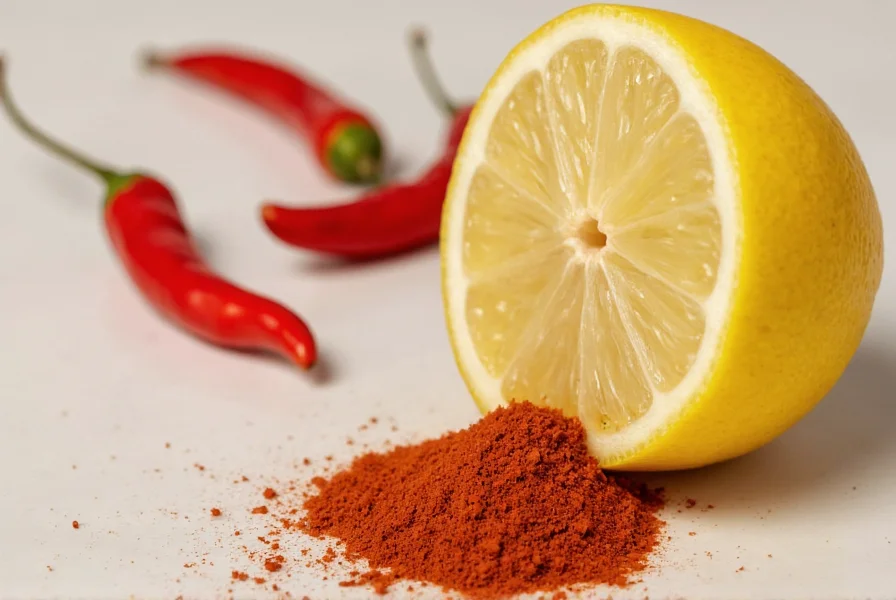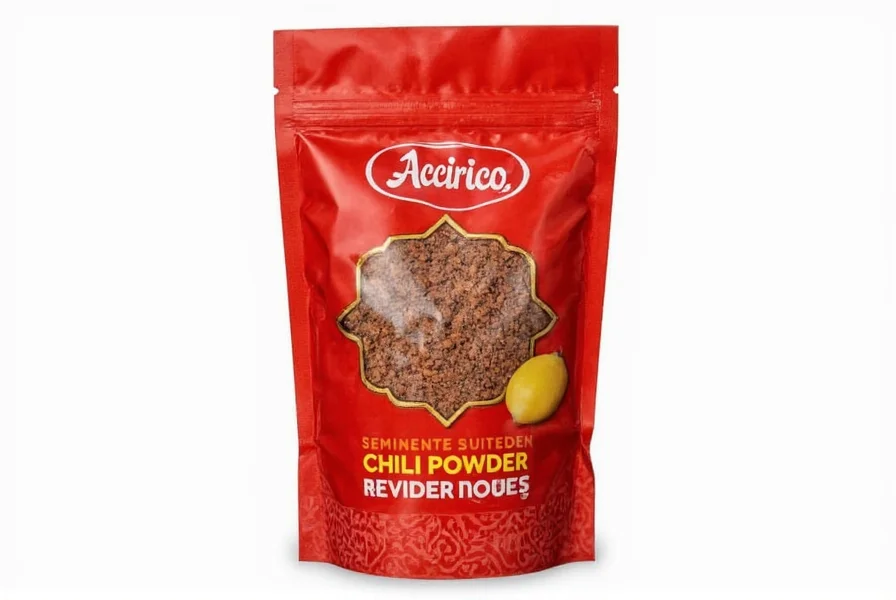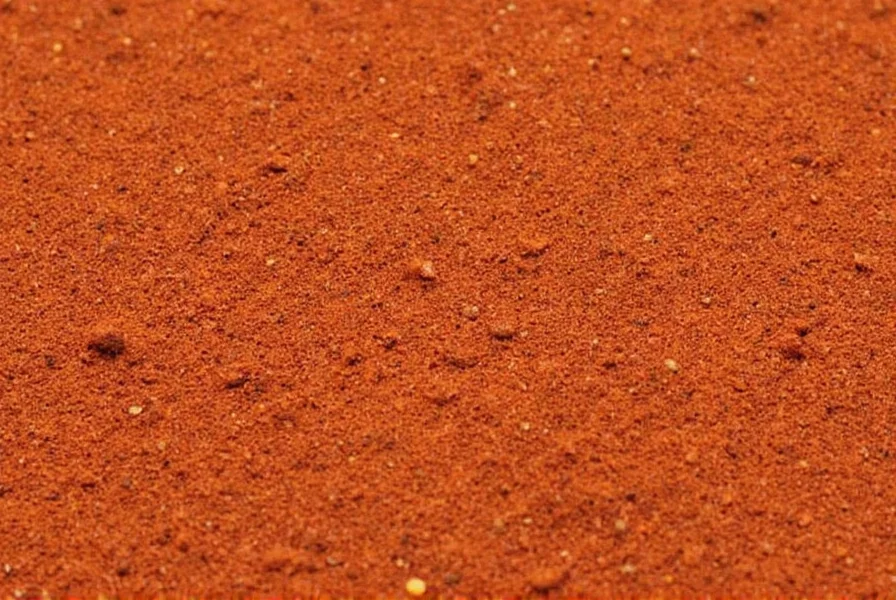When searching for acirrico chili powder with lemon, many home cooks encounter confusion due to inconsistent naming conventions in spice marketing. The term likely stems from misinterpretations of regional spice blends like Puerto Rican adobo con limón or Dominican sazón con limón, which combine chili peppers with citrus elements. True lemon-infused chili powders contain three essential components: ground dried chilies (typically ancho, guajillo, or cayenne), dehydrated lemon zest, and complementary spices like garlic and oregano.
Understanding Lemon-Infused Chili Powder Varieties
While "acirrico" isn't recognized in culinary databases or spice industry references, several authentic preparations deliver the bright, spicy-citrus profile searchers seek. These blends excel in balancing heat with acidity—a technique perfected in coastal Latin American cooking where citrus cuts through rich seafood dishes.
| Common Name Confusion | Actual Product | Primary Ingredients |
|---|---|---|
| "Acirrico" chili powder | Puerto Rican Adobo con Limón | Coriander, oregano, garlic, lemon peel, chili flakes |
| Lemon chili powder | Mexican Chile Tísica | Guajillo chilies, dehydrated lime, cumin |
| "Acerrimo" seasoning | Dominican Sazón con Limón | Annatto, oregano, lemon essence, chili powder |
Culinary Applications and Flavor Science
The magic of chili powder blended with lemon lies in how citric acid enhances capsaicin perception. When lemon zest combines with ground chilies, the resulting compound creates a flavor experience greater than the sum of its parts. Professional chefs leverage this synergy in three key applications:
- Marinades for lean proteins – The acid tenderizes while chilies penetrate
- Dry rubs for grilled vegetables – Citrus notes caramelize beautifully
- Finishing spice blends – Sprinkled on finished dishes for aromatic complexity
Unlike standard chili powder, lemon-infused chili seasoning requires careful handling. Heat above 300°F degrades the volatile citrus oils, so add during the last 5 minutes of cooking for optimal flavor retention. This explains why many traditional recipes incorporate these blends after sautéing foundational ingredients.
Creating Authentic Lemon Chili Powder at Home
When commercial chili powder with lemon zest proves elusive, a homemade version ensures freshness and customization. This chef-recommended ratio balances heat and brightness:
- Toast 2 ancho chilies and 1 guajillo chili until fragrant (120°F for 3 minutes)
- Grind with 1 tsp dried lemon zest, ¼ tsp black pepper, and ¼ tsp dried oregano
- Sift through fine mesh to remove fibrous bits
- Store in airtight container away from light

This DIY lemon chili powder recipe yields approximately 3 tablespoons of intensely flavored spice. The toasting step is crucial—it releases essential oils that bind the citrus and chili elements. For extended shelf life, add 1% citric acid as a natural preservative without altering flavor.
Recipe Integration Guide
Understanding when and how to use citrus-enhanced chili powder separates adequate dishes from exceptional ones. Consider these professional techniques:
| Dish Type | Application Method | Quantity per Serving |
|---|---|---|
| Seafood ceviche | Mixed into citrus marinade | ¼ tsp |
| Grilled chicken | Dry rub before cooking | ½ tsp |
| Black bean soup | Stirred in during final simmer | ¼ tsp |
| Roasted vegetables | Tossed with olive oil before roasting | ¼ tsp |
Notice that acidic dishes like ceviche require less seasoning, while heartier preparations need more to cut through richness. This principle applies to all chili powder blends with citrus components—balance according to the dish's overall pH rather than fixed measurements.

Storage and Shelf Life Considerations
Lemon-infused chili powders degrade faster than standard versions due to volatile citrus oils. For optimal flavor retention:
- Store in opaque, airtight containers (light degrades citrus compounds)
- Keep below 70°F (heat accelerates oil separation)
- Use within 3 months (standard chili powder lasts 6-12 months)
- Freeze in ice cube trays with olive oil for long-term preservation
When evaluating commercial premade lemon chili seasoning, check for added anti-caking agents like silicon dioxide. While safe, these indicate lower quality products that may lack authentic flavor concentration. Premium blends rely on proper drying techniques rather than additives.
Regional Variations Worth Exploring
Culinary traditions worldwide have developed unique takes on chili powder with citrus elements:
- Mexican Chile Tísica – Features dried lime (limón seco) with arbol chilies
- Puerto Rican Adobo con Limón – Coriander-based with lemon peel accents
- Dominican Sazón con Limón – Annatto-infused with pronounced citrus notes
- Peruvian Aji Limón – Fresh chili-lime paste (not dried powder)
Each regional variation serves specific culinary purposes. Mexican preparations excel with grilled meats, while Caribbean versions shine in rice dishes and stews. Understanding these distinctions helps home cooks select the right citrus-chili blend for specific recipes.
Frequently Asked Questions
Is acirrico chili powder the same as regular chili powder with lemon added?
No, authentic lemon-infused chili powders aren't simply regular chili powder with lemon. They're carefully balanced blends where chili varieties are selected specifically to complement citrus notes, with lemon components incorporated during the drying process to create integrated flavor compounds rather than separate elements.
Can I substitute regular chili powder in recipes calling for lemon chili powder?
You can substitute with adjustments: use 1 tsp regular chili powder plus ¼ tsp lemon zest per teaspoon of lemon chili powder required. However, this won't replicate the complex flavor integration of purpose-made blends where the citrus and chili elements have melded during processing.
Why does my homemade lemon chili powder taste bitter?
Bitterness typically comes from either over-toasting the chilies (should be fragrant but not darkened) or including too much pith from the lemon zest. Always use a fine zester and remove any white pith, and toast chilies just until they snap easily when bent.
Does lemon chili powder contain actual lemon juice?
Authentic dried blends use dehydrated lemon zest rather than juice, as moisture would cause spoilage. The citrus flavor comes from the essential oils in the zest, which concentrate during drying. Fresh juice versions exist but are pastes requiring refrigeration, not shelf-stable powders.
How can I identify quality commercial lemon chili seasoning?
Look for products listing specific chili varieties (like ancho or guajillo) rather than just “chili powder,” with lemon components specified as “dried lemon zest” or “dehydrated citrus peel.” Avoid blends with anti-caking agents, artificial flavors, or sugar as primary ingredients—these indicate lower quality formulations.











 浙公网安备
33010002000092号
浙公网安备
33010002000092号 浙B2-20120091-4
浙B2-20120091-4